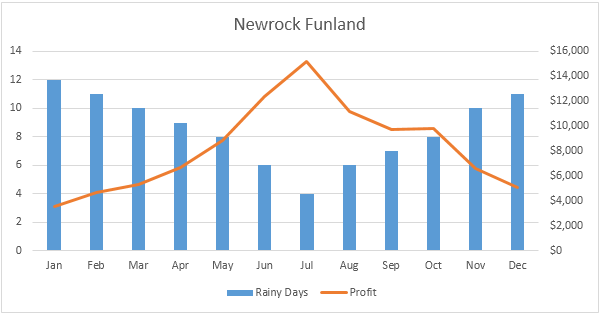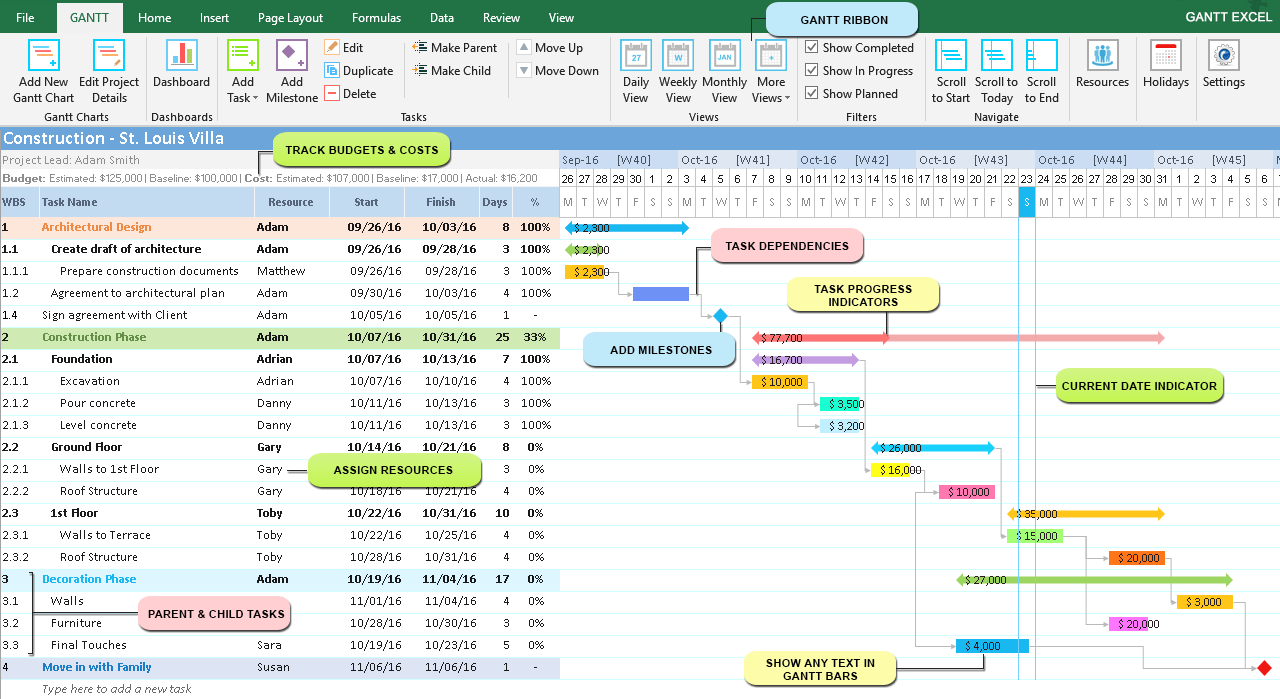
Be sure to select the column headings if you want them to appear either in the chart legend or axis labels. Select all the data you want to include in your Excel graph. In this example, we are going to make a graph based on the following table.

You can organize the data in rows or columns, and Microsoft Excel will automatically determine the best way to plot the data in your graph (you will be able to change this later). To create a chart in Excel, you start by entering the numeric data on a worksheet, and then continue with the following steps.įor most Excel charts, such as bar charts or column charts, no special data arrangement is required. You can also make a combination graph by using several chart types. When creating graphs in Excel, you can select from a variety of chart types to present your data in the way most meaningful to your users. Some of these elements are displayed by default, others can be added and modified manually as needed. Microsoft Excel lets you create a great lot of different graph types such as Column chart, Bar chart, Line chart, Pie chart, Area chart, Bubble chart, Stock, Surface, Radar charts, and PivotChart.Įxcel charts have a handful of elements. It is common to make graphs in Excel to better understand large amounts of data or relationship between different data subsets. Move the graph inside and outside of ExcelĪ chart, also known as graph, is a graphical representation of numeric data where the data is represented by symbols such as bars, columns, lines, slices, and so on.

MAKE CUSTOM GRAPHS IN EXCEL FOR A MAC HOW TO
You will also learn how to combine two chart types, save a graph as chart template, change the default chart type, resize and move the graph.Įveryone needs to create graphs in Excel to visualize data or check on the latest trends.

The tutorial explains the Excel charts basics and provides the detailed guidance on how to make a graph in Excel.


 0 kommentar(er)
0 kommentar(er)
